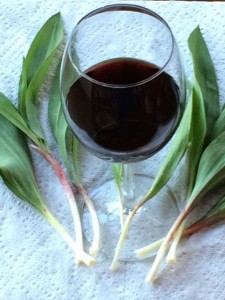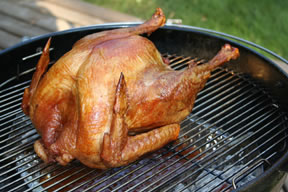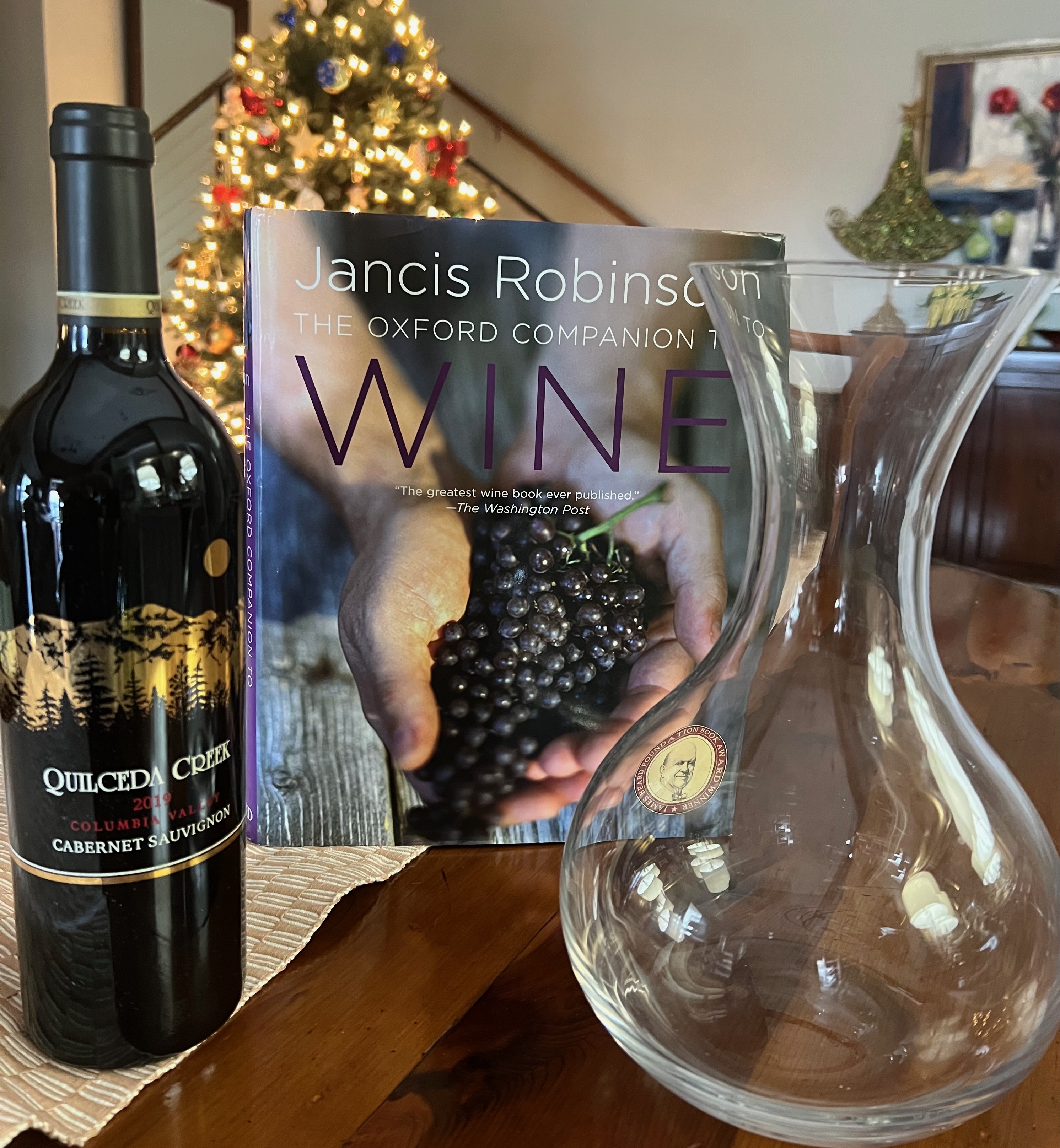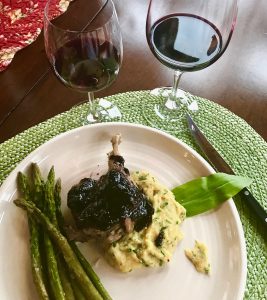It’s the end of April and, like many other mountain state residents this time of year, I’m excited to sample the latest crop of allium tricoccum – more commonly known as ramps. You can count me among those who have waited impatiently for the little buggers to peek out of the forest floor. For weeks now, I’ve checked my own special mountain ramp patch for the green shoots (resembling the leaves on scallions) that signal their arrival. Finally, they appeared, and I spent an hour last week digging them out of the ground– one by one – until I had what we refer to as a “mess” of the odiferous lilies.
There are any number of ramp feeds around the state now, and you’ll have ample opportunities to sample menus featuring them. However, most of the cooks at ramp festivals smother the flavor of these wild leeks by adding them to dishes like pinto beans or fried potatoes. I suppose ramps do add a distinct flavor component to bean or potato casseroles, but the true flavor of these delectable veggies is too faint when they’re buried under an avalanche of carbohydrates.
I’m not suggesting that you eat uncooked ramps– although that was how I first consumed them. I was still living at home when, late one night, a friend came into the kitchen with a mess of ramps and 12-pack of Carling Black Label. After shaking the dirt off the ramps and rinsing them in cold water, we proceeded to sprinkle them with salt and eat them raw, chasing them with the Black Label.

When my mother came to wake me the next morning, she was wearing my grandfather’s World War I gas mask and carrying an industrial size can of Lysol. She was not amused. If you ever do decide to eat them right out of the ground, make sure the people who live within a mile of you have fair warning. This is to prevent them from losing consciousness or from reporting you to the EPA.
I now prefer to eat my ramps cooked. I like to spark up whatever comprises the main dinner course with the little devils, and I especially love to douse them with olive oil, salt and pepper, and then grill them over low to medium heat. Prepared in this manner, they lose much of their pungency, and they become a delicious accompaniment to any grilled meat, vegetable or seafood dish.
So, what wine pairs best with cooked or grilled ramps? That largely depends on what main course with which you accompany them. Actually, sauvignon blanc and other well-balanced whites can be a copacetic pairing with ramps in seafood dishes, or if you combine them with veggies like asparagus, green beans or broccoli. If you’re adding ramps to grilled meat, you should use medium-bodied reds like sangiovese, pinot noir or barbera.
White wine is also a great accompaniment to ramp and veggie pasta dishes. See the recipe below along with a couple of tasty wines to pair with the dish. Enjoy!
Ingredients:
One small bunch (ten or so) cleaned ramps
One half pound of fresh asparagus
Two slices of thick sliced bacon
Three tablespoons of extra virgin olive oil
One pound of penne pasta
One teaspoon of red pepper flakes (optional)
One cup of grated Parmigiano Reggiano cheese
Salt and pepper to taste
Preparation:
Dice two pieces of bacon, sauté until crisp then put bacon onto paper towels
Reserve one tablespoon of bacon fat and add olive oil to sauté pan
Chop approximately ten ramps (white and green parts) and the asparagus into 1/2-inch pieces
Sauté the ramps (white parts) and asparagus in the oil and bacon fat until tender
Reserve the green leaf parts to add as a garnish to the finished pasta
Cook the pasta (al dente) in a large pot and reserve one cup of the cooking liquid
Transfer the cooked pasta to the sauté pan and add the reserved cooking liquid
Mix the pasta into the sauce and add the cheese and red pepper and salt to taste
Serve with the green ramp leaves as a garnish
Wines for the recipe:
2019 Grgich Hills Napa Valley Sauvignon Blanc ($31) – This wine has citrus flavors wand sage-like herbal nuances with surprising depth and medium weight. It’s also very well balanced with fruit richness and acidity, and melds perfectly with this ramp-enhanced pasta dish.
2021 Bici Verdicchio de Matelica ($22) – Pale golden in color, this central Italian white has ripe green apple flavors with bracing acidity balanced by a slight tropical richness. It allows the ramp and veggie pasta to shine.
John Brown is also a novelist. His latest book Augie’s World, is a sequel to his debut novel, Augie’s War. Both novels are available in print and audio at Amazon. You can find out more about his novels and wine columns at wordsbyjohnbrown.com




